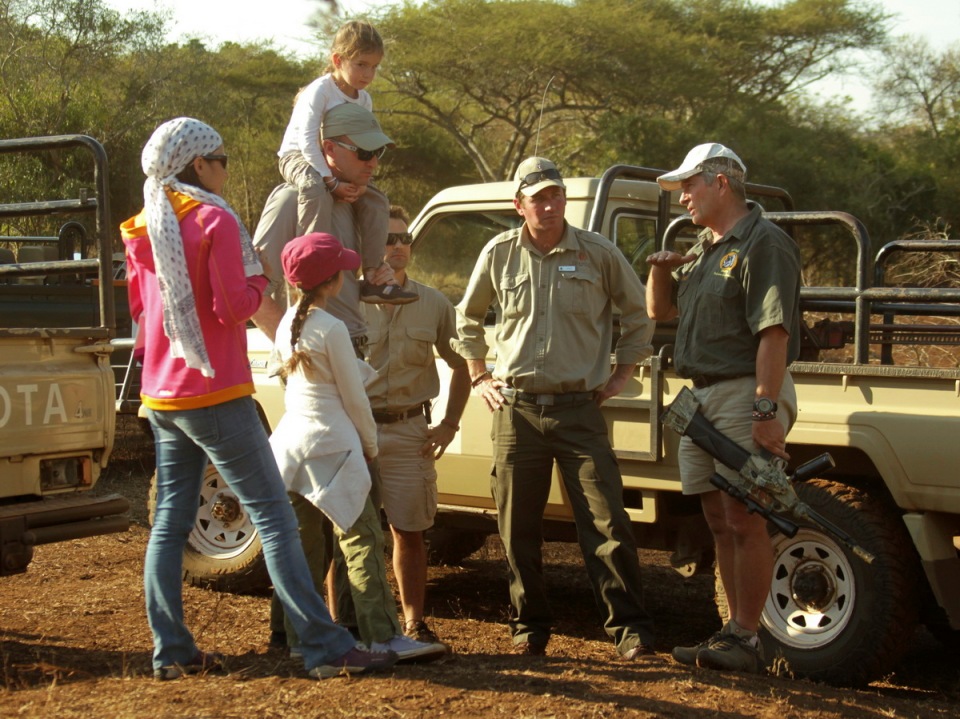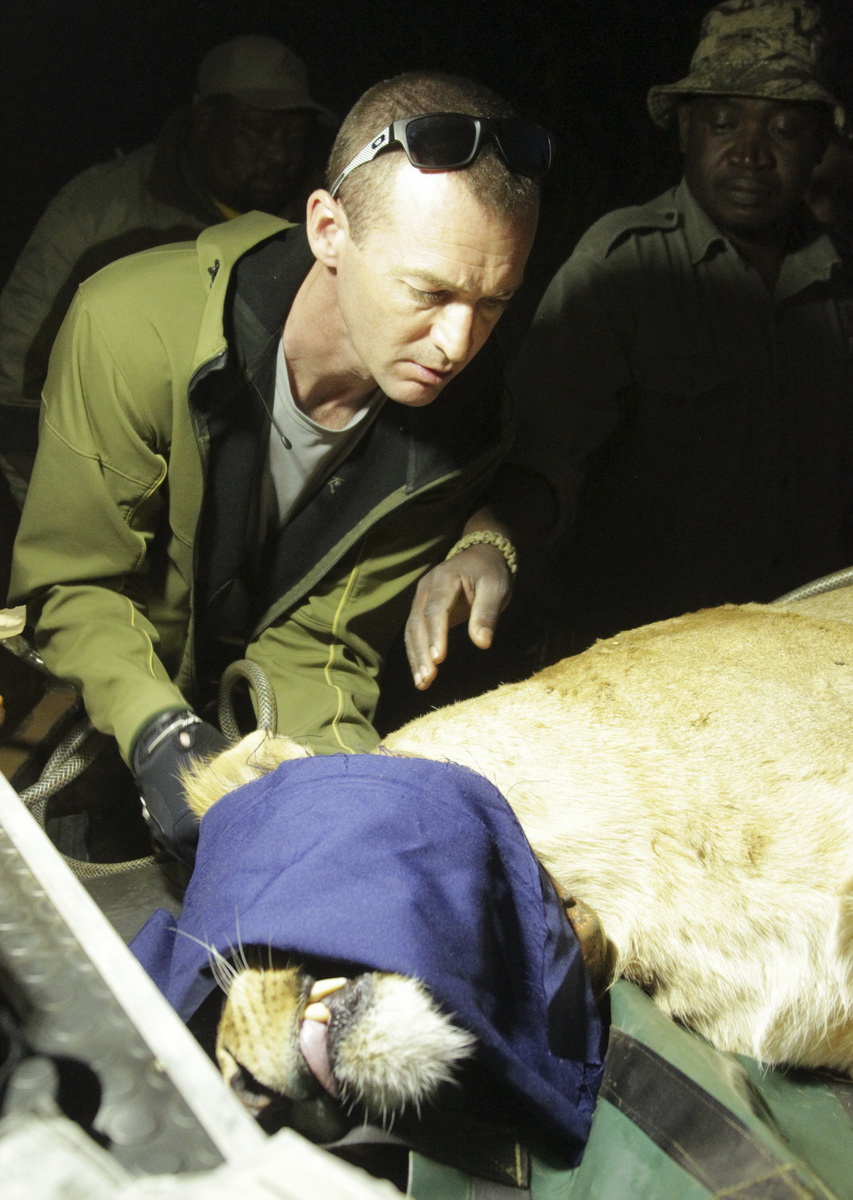Getting caught!
All over South Africa, game reserves battle with poaching. One traditional method poachers use to catch their prey is the setting of snares, which are crudely constructed out of cable or fencing wire. They are set on game paths or near waterholes and are often left there for days. Any unsuspecting animal passing through may get caught and suffer injuries and/or death.
The method is very cruel and wasteful. Not only do the intended prey, like antelopes, get caught, but Lions, Leopards, Cheetah, Elephant, Rhinos and Buffalo too prolong suffering injuries and often even die in the snares. Thanda’s Anti-Poaching Units regularly patrol the reserve and carry out snare sweeps. Unfortunately, some of our wildlife still stumble into snares from time to time, despite our determination to prevent this.
Just recently, one of Thanda’s Lionesses had her foot caught in a snare. She was powerful enough to break the wire from its anchor, but the snare had cut through her skin and was embedded tightly around her front leg. With the help of Veterinarian Mike Toft, the Thanda team tracked down the Lioness and surgically removed the snare. We sent her on her way with a repaired foot and a generous dose of painkillers. By the next day she was already looking stronger.
Thanks to the Thanda Wildlife Team for a job well done!
Please note: Do not scroll down if you are easily disturbed by images of injuries and/or surgical procedures.

Veterinarian Mike Toft explains to Thanda guests the steps of the Lioness’s capture and the intended surgical procedure. As part of Thanda’s In the Path of Wildlife programme, this family from Switzerland had the rare opportunity to observe this night-time procedure.

The Lioness was crossing the path with her injured foot clearly visible.

After Mike had tranquillised the Lioness using a dart gun, she had to be carried out of the bush onto the surgery table. A heavy lady indeed!
 On the surgery table, extended of the back of Mike’s ‘Wildlife Clinic Land Cruiser’, …
On the surgery table, extended of the back of Mike’s ‘Wildlife Clinic Land Cruiser’, …

… first the snare was removed, than …

… the wound was cleaned and ….

… many stitches were needed to close it. At the end painkillers and antibiotics were injected.

And while the vet was working on the wound, the Wildlife Team with the help of one of the guests (in the picture) was taking measurements and …
 … also ensured that the Lioness’s radio collar was fitting properly.
… also ensured that the Lioness’s radio collar was fitting properly.
 And this is a picture of the Lioness’ paw a month after the surgery. The wound is healing well and she is doing great 🙂
And this is a picture of the Lioness’ paw a month after the surgery. The wound is healing well and she is doing great 🙂
Story by Warren Beets – Thanda Reserve Manager
Pictures by Christian Sperka – Specialist Photography Guide and Resident Wildlife Photographer
Last picture of the Lioness by an African Impact Volunteer

Well done to the Vet & the team at Thanda for helping this beautiful Lioness. Long may she thrive & produce healthy cubs ❤
Reblogged this on From The Door Matt and commented:
Some stunning pictures of a lioness getting surgery after being caught in a snare. The lioness, who is well on her way to recovery, was treated at the Thanda Private Game Reserve in northern KwaZulu-Natal.
Reblogged this on Christian Sperka Photography.
Many thanks to the team that was able to help this Lioness. It just sad to see people do this to the animals. I hope that they a caught and receive the highest punsishment thats allowed. It’s hard enough out there for them without all this nonsense.
Lucky Lioness to have such great medical care. If she hadnt’ been on the reserve she may not have survived.
Why was there a snare even on the reserve? I thought this is protected land? I am very glad the Lioness was discovered by someone who was able to get her medical care and she is healing well. Great to see medical team in the wild helping out!
Reblogged this on sophiewoolley1.
Thanks for your comment Linda – Well, in an ideal world there is no “bad people” coming inside a reserve. But in reality it is a very big area to protect. We do our best to sweep for snares regularly and to keep poachers out off the reserve, but sometimes animals still get caught.